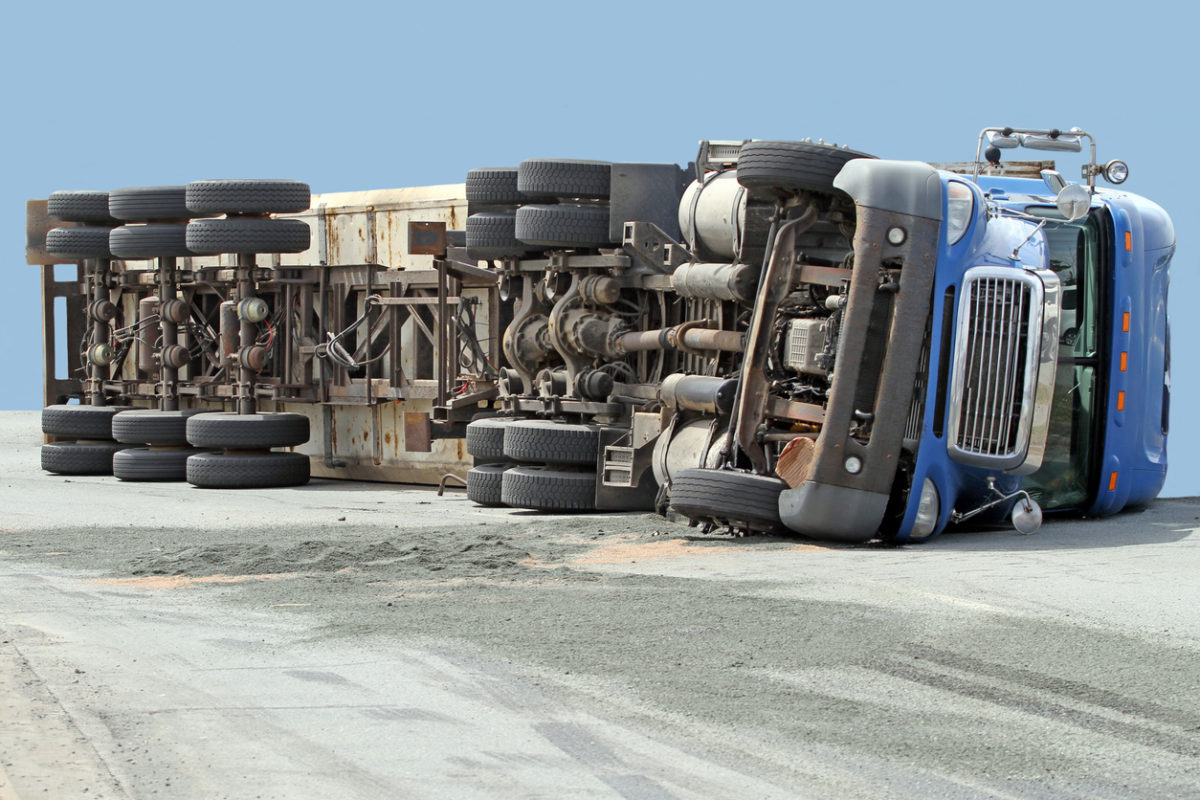4. Collect Your Own Documentation
Even though law enforcement will fill out a report of the incident, you still have the responsibility to document the scene and situation. However, you should only complete this step if it is safe to walk around the scene and if you are uninjured. Don’t endanger your life to capture a good photo of the scene. Your documentation should include the names and contact information of everyone involved in the crash and any potential witnesses on the scene.
Smartphones, tablets, and other devices make it taking photos of the scene highly convenient. Your photos should include the crash site, close-ups on damage, injuries, weather conditions, malfunctioned equipment, or anything else related to the accident. Photos can fill in a lot of gaps should the accident be taken to court. A picture can serve as validation for the conditions or factors that determine who is at fault for the accident.
Collect the following information from the other driver(s) involved in the collision:
- Name, phone number, email, and home address
- Insurance company and policy number
- Driver’s license number
5. Meet the Witnesses
Witnesses to an accident can include bystanders who saw the incident occur or those who were involved in the crash. Though the police officer will take their official statements, you need to collect their contact information. If there are injuries involved, it may be difficult to obtain the necessary information, and if the scene is chaotic, it could also be a challenge. Getting a name and phone number should be your focus, but anything above that is helpful as well.
6. Stay Quiet
It doesn’t matter whose fault the accident may have been. It is important for you to only speak to the police officer about the accident and never admit guilt. You may state what you know and don’t make a guess or assume other parts of the incident. Don’t lie, but don’t go into great details. Save the task of determining liability to the lawyers. You can decline to make a statement to the officer, but don’t be rude or antagonistic. Don’t speak about the accident to anyone else, either. Only talk to your legal representation or company administrators.
7. Have the Damage Assessed
When an accident occurs, it is time to call the insurance company and open a claim. You will want to share the information you have gathered and turn in a copy of the police report. The insurance company will usually send an adjuster to document that damage and let you know the next steps in the repair or replacement process. Keep records of everything that takes place, as this paperwork may have a significant impact on future litigation.
By following these truck accident procedures, you can protect your liabilities in the event of a collision. Trucking accidents are complicated, but a clear plan of action can help you navigate how to respond. Carrying comprehensive truck insurance can take care of the financial responsibilities from the accident.
About Western Truck Insurance Services
Western Truck Insurance Services is a commercial truck insurance agency with roots dating back to 1954. We have evolved into a highly respected, professionally managed, truck and transportation insurance brokerage. The hallmark of our organization is our desire to provide unparalleled service. We go way beyond what you expect to receive from an insurance brokerage. Equipped with state-of-the-art automation, Western Truck Insurance can provide you with lightning fast truck insurance quotes, customer service, Insurance certificates, and coverage changes. Contact us today at (800) 937-8785 to learn more!

